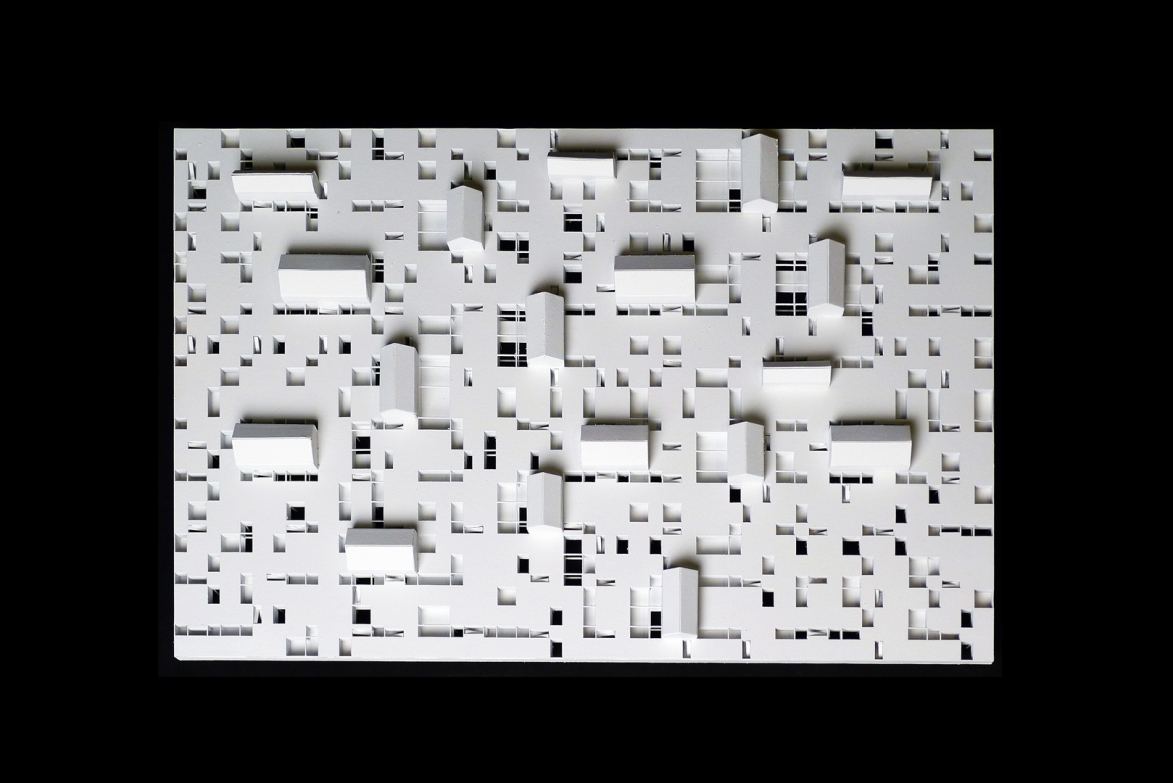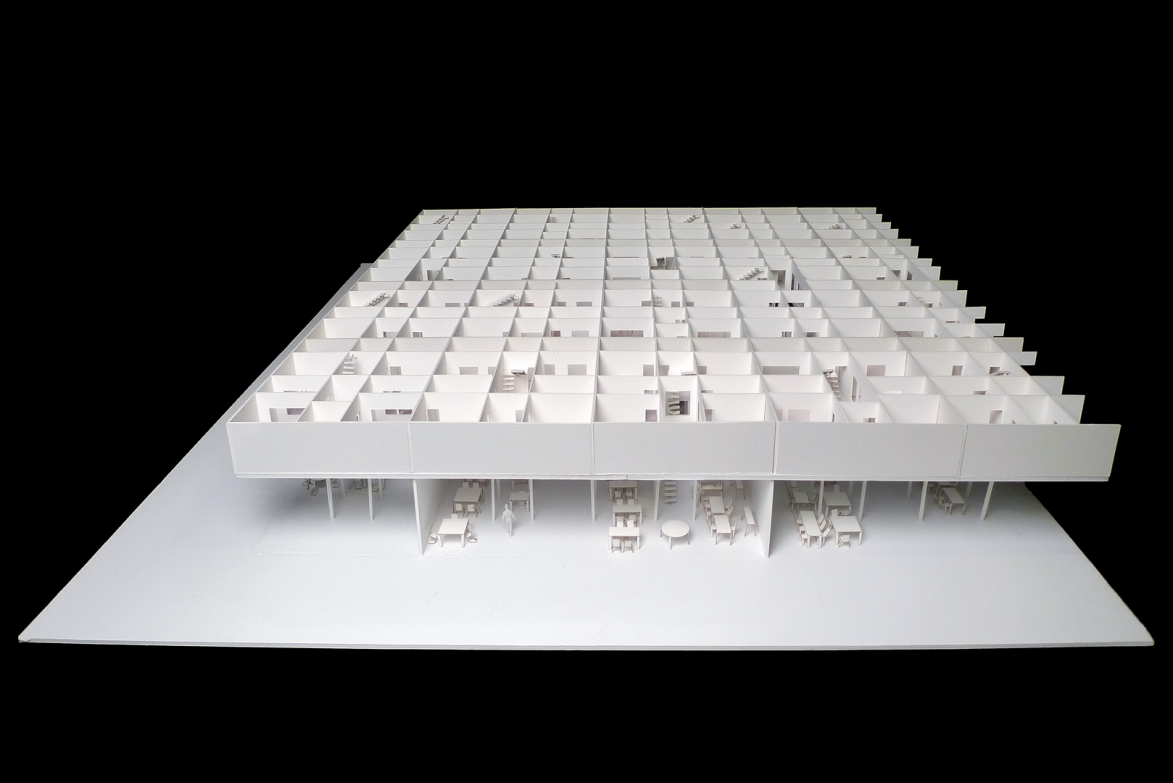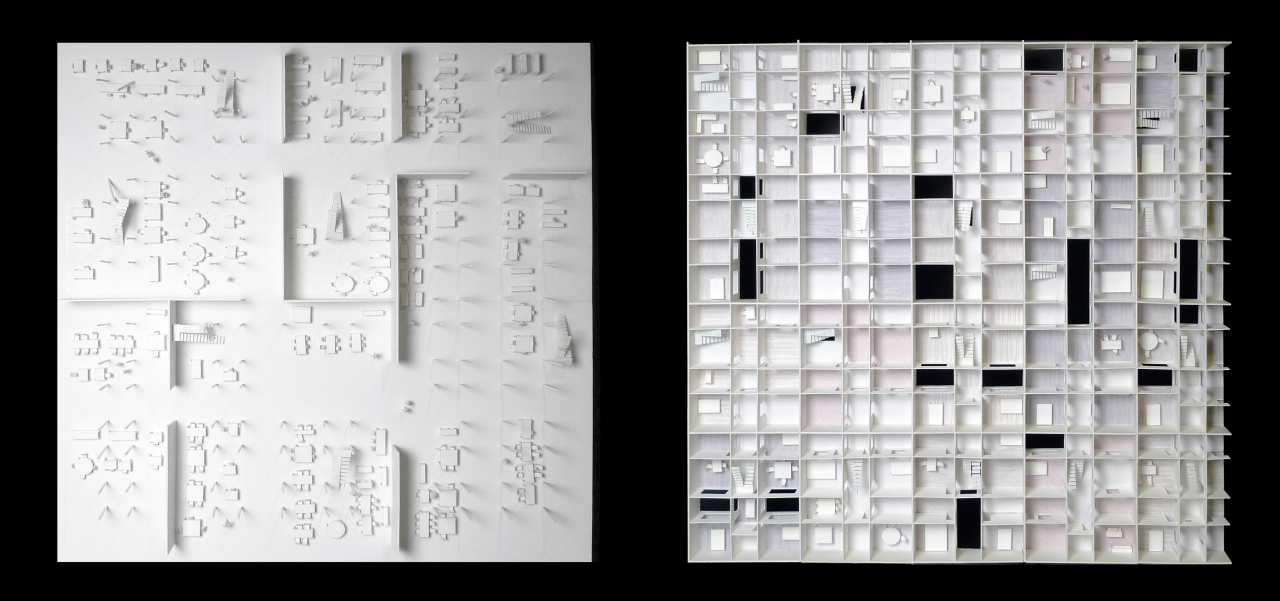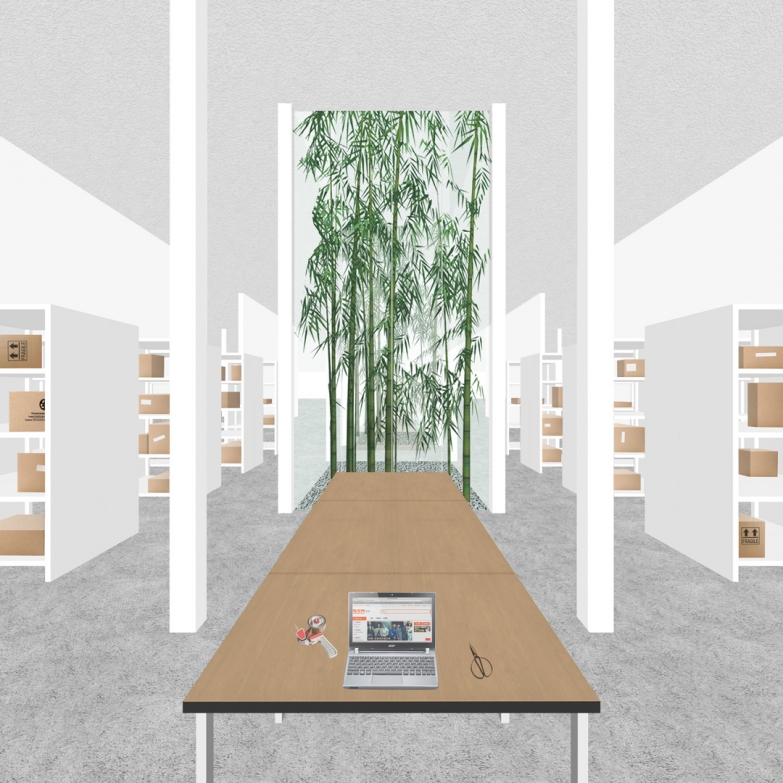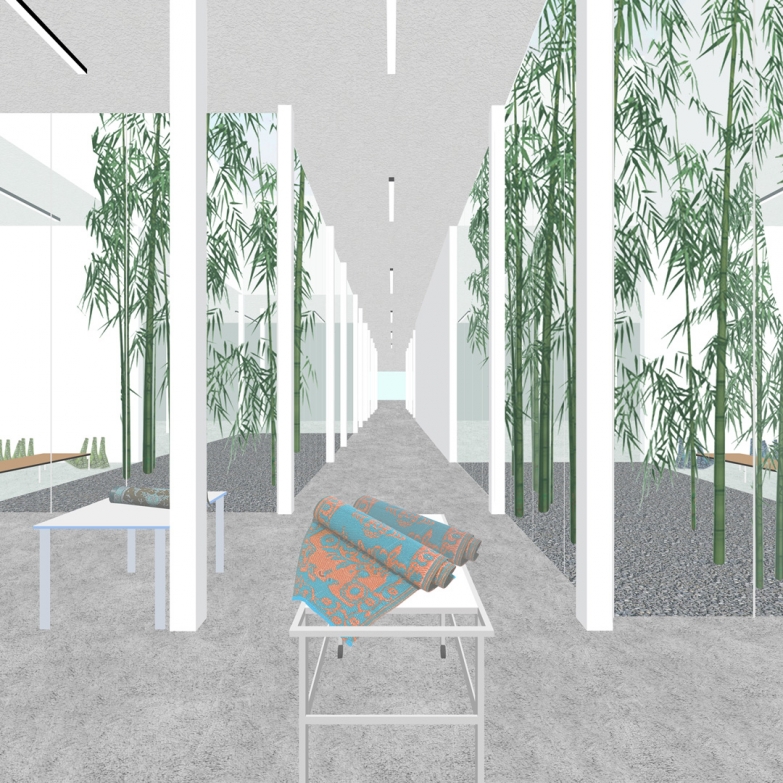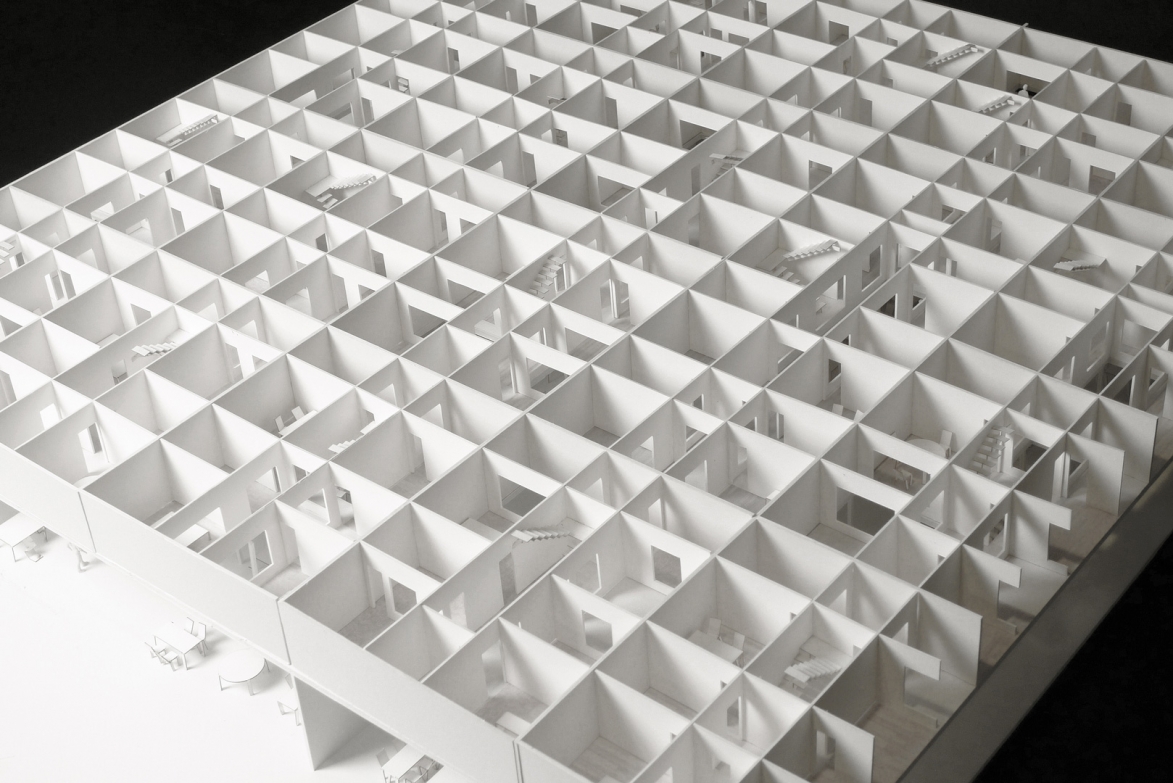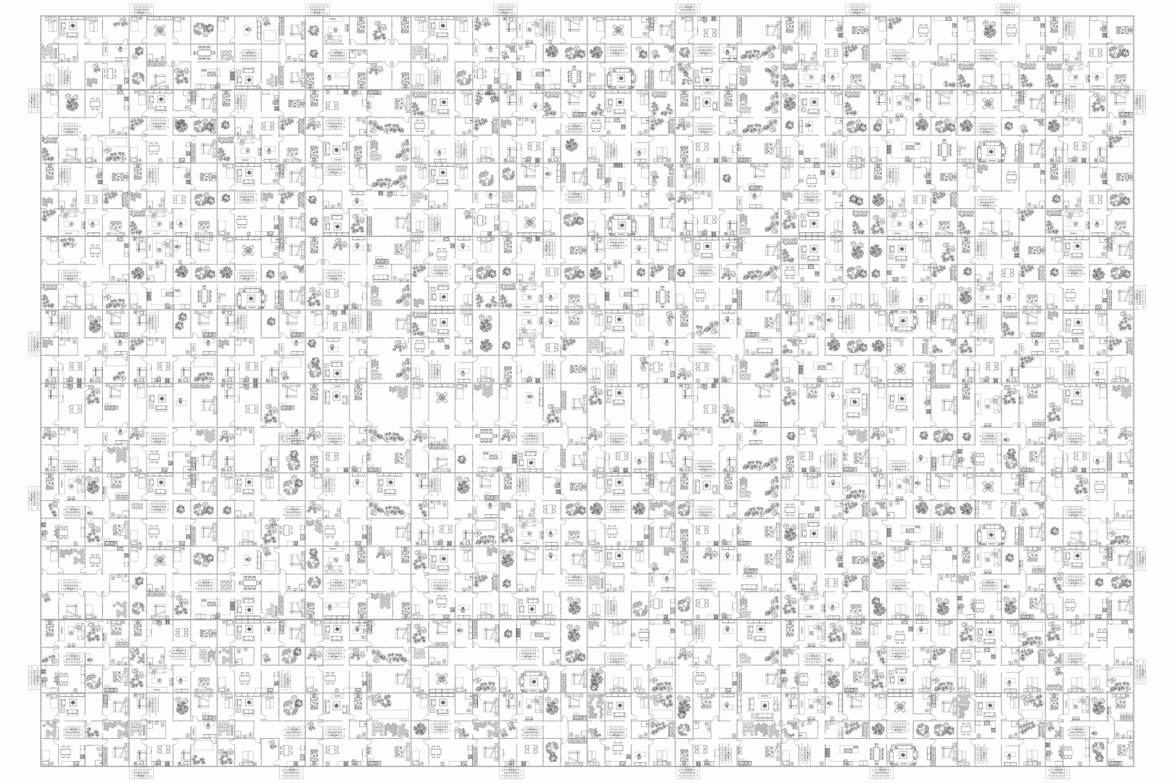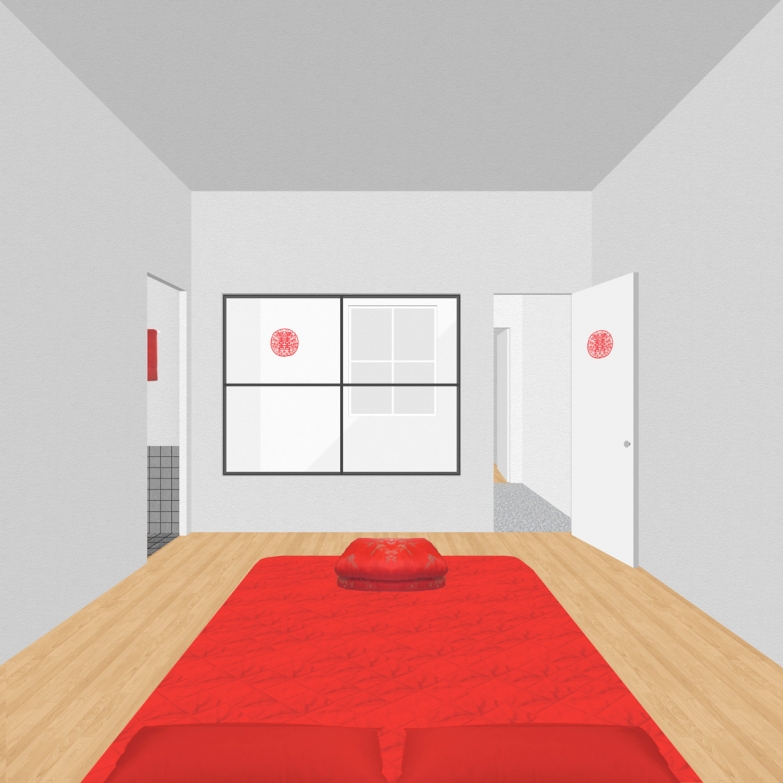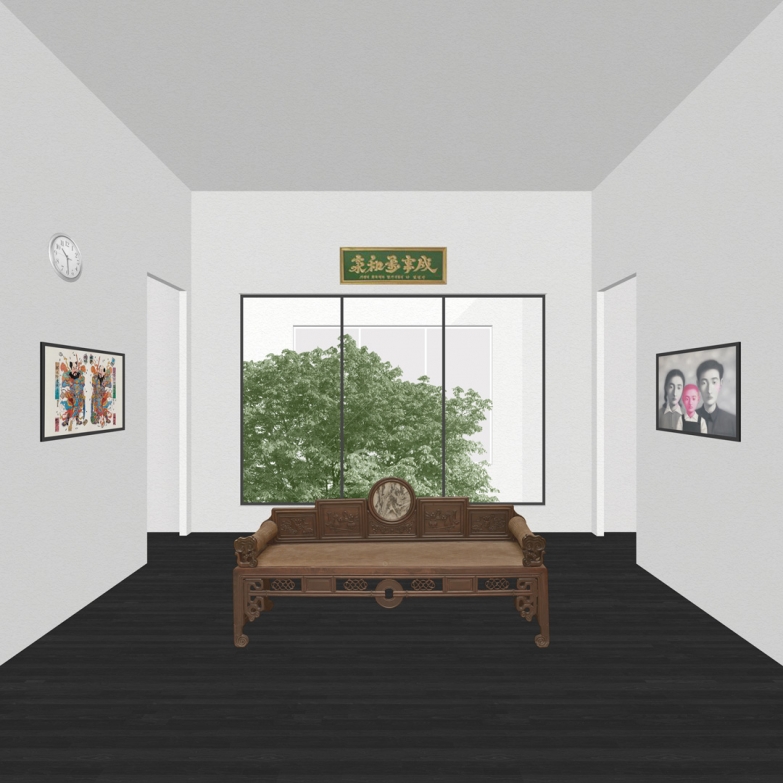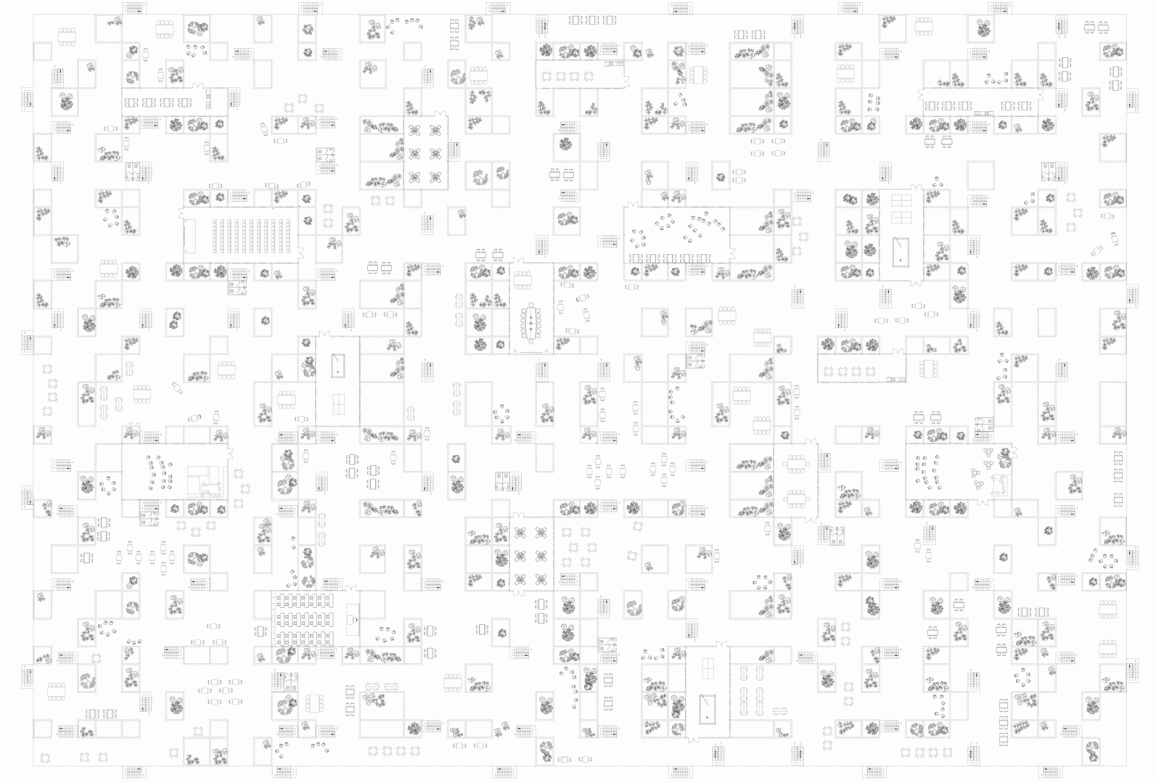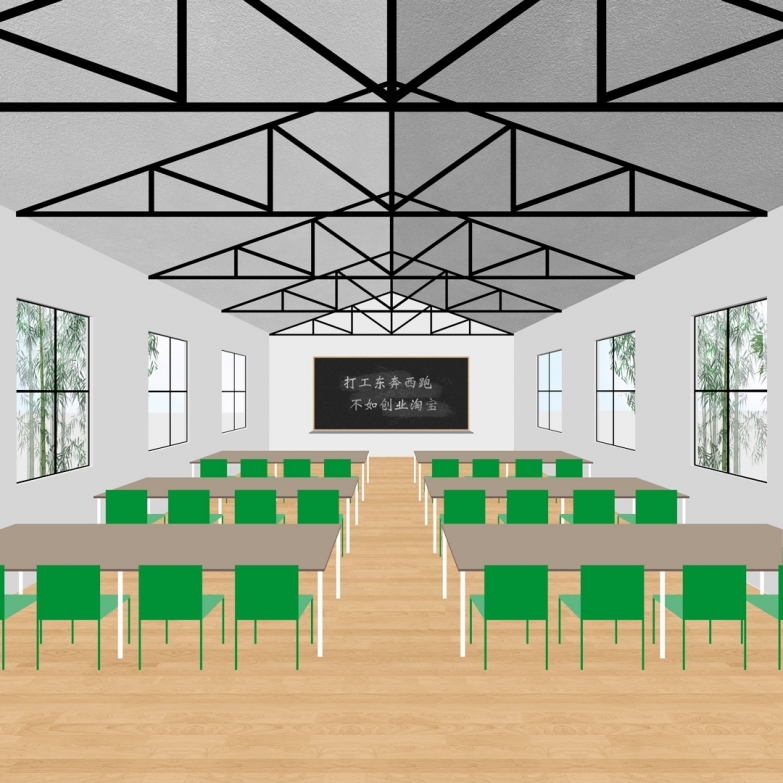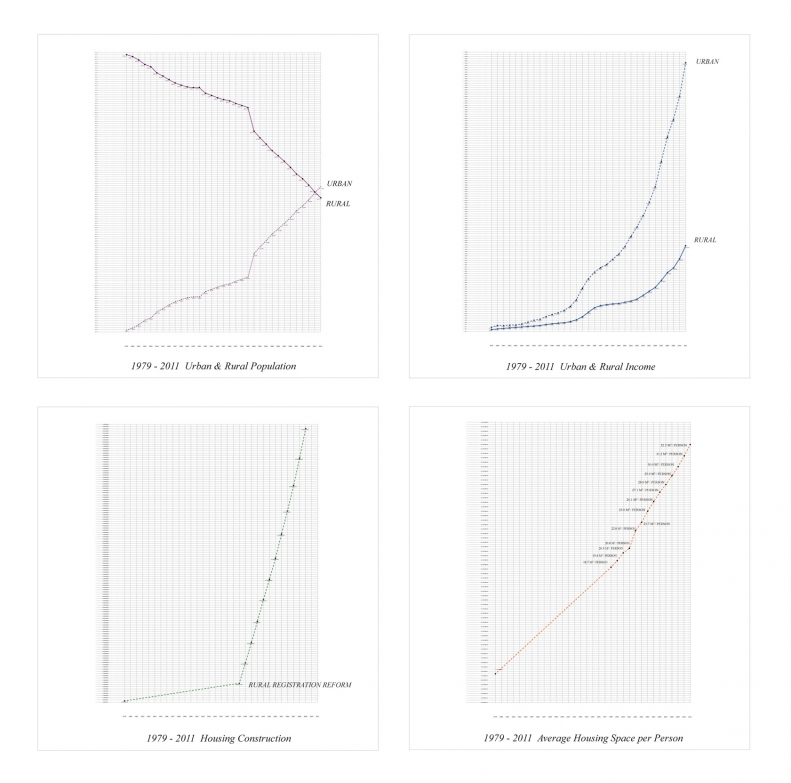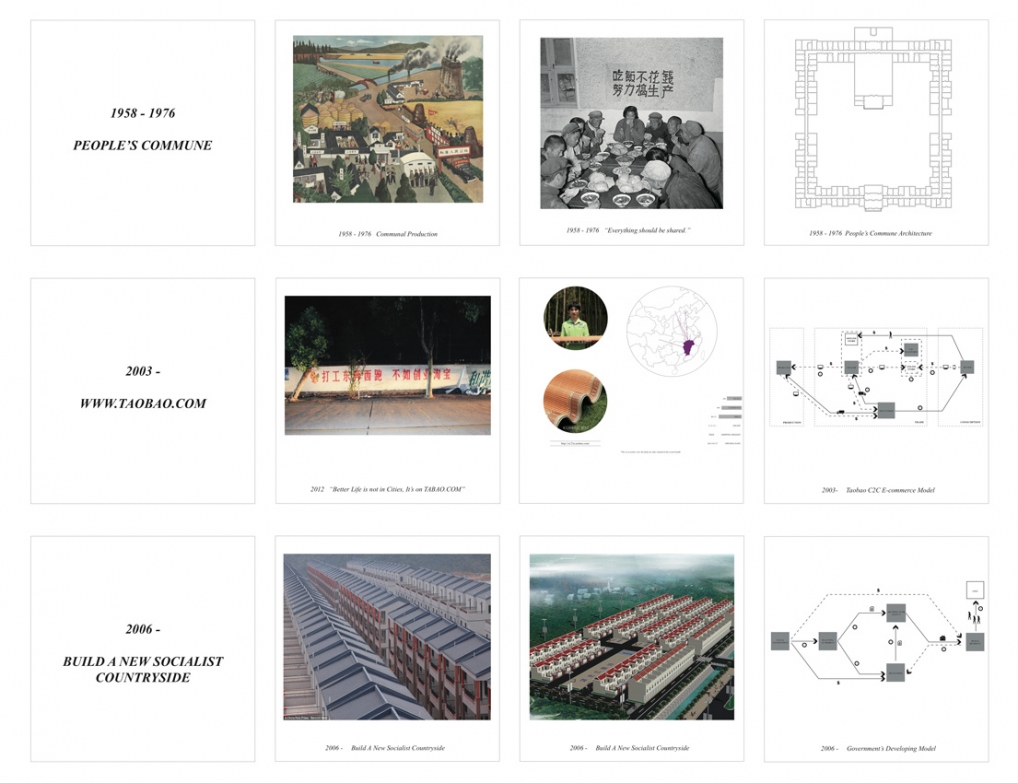Fei Wang
M.Arch Thesis Fall 2013
Faculty Advisor: Axel Kilian
Project Title: Rural Agency: Re-envisioning Chinese Rural Development in the Age of Digital Economy
Abstract
Architecture has always been a form of physical capital, and urbanization is the process of centralizing the physical capitals. With the triumph of city, rural area has long been marginalized by geographical distance, economic hypodynamia, and populational deprivation. Compared to urbanization that advocates for a core-periphery model, digital technology now manifests new possibilities for democracy, equality, and productivity. By breaking information asymmetry, optimizing resource imbalance, and traversing physical distance, online C2C economy is triggering the decentralization of capital through many minds and many hands. Behind this drastically increasing economy, a paradigm shift of production is emerging, in which digital platform is liberating productivity through the power of mass individuals regardless of locations, and transforming every customer into producer simultaneously. Traditional distinction between private and public is challenged by “common” that advocates sharing, producing and consuming collectively.
If urbanization is making the decay of rural unavoidable, now it’s time to use digital technology to re-envision a productive rural, which
poses the question that how rural architectural development respond to this digital paradigm shift.
Last 20 years, along with unprecedented urbanization, capital centralization, and labor migration, Chinese society has witnessed a significant decline of its rural area, where large amounts of young population have left countryside and swarmed into cities in order to be employed. The deterioration of Chinese rural is marked by the incomplete social structure in which most families only have the old and kids left, as well as the barren agricultural economy that does not breed desirable job opportunities.
Last 10 years, the rise of digital economy provides an alternative for rural population to make their living. Rather than leaving hometowns and rushing into city for employment, more and more people choose to stay in the countryside and start e-commerce on digital platform such as Taobao , which is now marked by the fact that one of five e-traders is a rural resident.
Last 5 years, Chinese government has implemented a developing policy called “Building A New Socialist Countryside” that aims at maintaining the rural population and improving the living quality in the countryside. The development now steps into a stagnation because it only produces homogenized social housing but doesn’t create profitable way of production, which eventually fails to fulfill its goal.
only produces homogenized social housing but doesn’t create profitable way of production, which eventually fails to fulfill its goal.
As an endeavor to regain the agency and productivity of the rural, the thesis proposes Rural Agency - a new individual-entrepreneur- based commune - for Chinese rural development in the age of digital economy. Rural Agency criticizes two rural developing models: one is the historical institution – “People’s Commune (1958-1978)” – that invented communal architecture based on absolute communism and egalitarianism; the other is the current governmental policy – “Build A New Socialist Countryside (2006-)” – that produces private and homogeneous housing cluster without providing profitable jobs. Instead of implementing either collectivization or privatization, Rural Agency situates between the two. It provides an institutional framework and architectural type that advocates the new living-working mode based on individual entrepreneurship and communal production.
As a new institution for living-working collective in the countryside, Rural Agency exploits the potential of C2C e-commerce, advocates individual entrepreneurship, emphasizes the benefits of collective, challenges the preconceived division between private and public, spatializes residential and community programs for social structure’s soundness, invents economical and sustainable construction system, aggregates individual families into a collective “commune”, and finally seeks a new morphology as the architectural manifestation and catalyst for all of the above.

